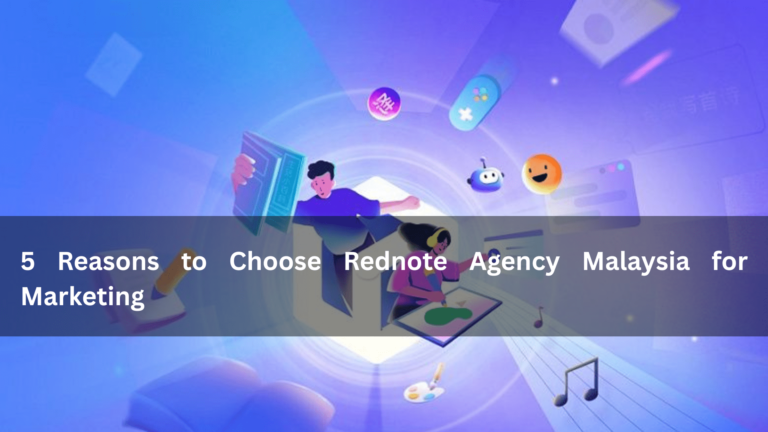As Malaysia transitions into a digital-first economy, businesses are increasingly being asked to adapt to new technologies and regulatory requirements. One of the latest changes impacting organizations nationwide is the e-invoice HRDF Malaysia initiative. This move is not just a modernization of how invoices are submitted—it’s a fundamental shift in how companies manage corporate tax reporting and Human Resources Development Fund (HRDF) training claims.
This article explores what e-invoice HRDF Malaysia entails, how it’s reshaping corporate tax processes, and why it’s especially significant for training providers and HR departments.
Understanding e-Invoice HRDF Malaysia and Its Purpose
The e-invoice HRDF Malaysia system is part of a broader effort by the Malaysian government to increase efficiency, transparency, and accountability in financial reporting and tax compliance. Spearheaded by the Inland Revenue Board (LHDN) in collaboration with HRD Corp (Human Resource Development Corporation), the initiative requires employers and training providers to submit digital invoices when claiming HRDF funds.
Previously, companies submitted manual or PDF invoices for training programs and corporate tax deductions. These often involved time-consuming verification processes and were vulnerable to errors. With e-invoice HRDF Malaysia, everything is streamlined through real-time digital submissions, significantly reducing administrative overhead and minimizing fraudulent claims.
How e-Invoice HRDF Malaysia Impacts Corporate Tax Reporting
One of the most significant benefits of e-invoice HRDF Malaysia is its impact on corporate tax reporting. Since HRDF contributions are tied to payroll and training expenses—often used as deductions during tax filing—accurate invoicing is critical.
Here’s how e-invoice HRDF Malaysia is changing the tax landscape:
Real-Time Data Transmission: Invoices are instantly submitted to LHDN, allowing for faster reconciliation and tax reporting.
Automated Verification: With digital records, HRDF and tax authorities can automatically verify amounts, dates, and tax codes.
Reduced Audit Risk: Businesses that comply with e-invoice HRDF Malaysia are less likely to face penalties due to discrepancies in their tax claims.
Improved Accuracy: The structured format of e-invoices ensures that tax deductions are calculated correctly based on verifiable records.
Benefits of e-Invoice Training Providers
For HRDF-registered training providers, e-invoice HRDF Malaysia brings significant operational improvements. These providers often deal with multiple corporate clients and need to submit invoices for HRDF claims regularly.
Key benefits include:
Faster Claims Processing: Since digital invoices are validated automatically, reimbursement is quicker.
Centralized Records: Training providers can track all submitted invoices in a centralized, secure database.
Increased Trust: Companies are more likely to choose providers that are compliant with the latest HRDF requirements, giving compliant trainers a competitive edge.
Training providers should begin integrating their billing systems with the HRDF e-invoicing portal or ensure compatibility with supported software.
Challenges Businesses Face with e-Invoice HRDF Malaysia Implementation
While the benefits are clear, transitioning to e-invoice HRDF Malaysia is not without challenges. Many companies, especially small and medium-sized enterprises (SMEs), may face obstacles such as:
Technical Integration: Legacy accounting systems may not support e-invoicing formats required by LHDN and HRDF.
Lack of Awareness: Some businesses are still unaware of the legal requirements and upcoming enforcement deadlines.
Change Management: HR and finance teams need to be trained on how to use the new systems, which may require internal workshops or vendor training.
Despite these challenges, the Malaysian government has provided detailed guidelines and support resources to assist with the adoption process. Partnering with experienced software vendors or consultants can also help ensure smooth integration.
Best Practices for Adopting e-Invoice HRDF Malaysia
To ensure full compliance and maximize the benefits of e-invoice HRDF Malaysia, companies should follow these best practices:
Upgrade Accounting Software: Ensure your ERP or accounting platform supports LHDN’s MyInvois format and integrates with HRDF systems.
Conduct Internal Training: Equip your HR, finance, and IT teams with knowledge of how e-invoice HRDF Malaysia works.
Audit Your Processes: Clean up your current invoicing and HRDF claims process to eliminate bottlenecks or non-compliant practices.
Start Early: Begin testing the system before enforcement deadlines to avoid last-minute issues.
Keep Updated: Follow HRD Corp and LHDN official channels for updates and guideline changes related to e-invoice HRDF Malaysia.
Future Trends Driven by e-Invoice HRDF Malaysia
The launch of e-invoice HRDF Malaysia is part of a larger national digitalization initiative. It signals several future trends that businesses should prepare for:
Paperless Compliance: The government’s move towards fully digital systems means less paper, less manual data entry, and fewer chances for human error.
AI-Driven Financial Systems: As structured data becomes more prevalent through e-invoicing, AI tools will be used to detect anomalies, improve budgeting, and forecast training ROI.
Greater Data Transparency: Regulators will be able to analyze data across industries, encouraging more fair and accurate enforcement of tax and training regulations.
Businesses that embrace this transformation early will be in a better position to stay competitive and compliant.
Why Now Is the Time to Act on e-Invoice HRDF Malaysia
With compliance enforcement deadlines approaching, there has never been a more urgent time to act on e-invoice HRDF Malaysia. By upgrading systems and educating staff today, companies can avoid legal risks, speed up HRDF reimbursements, and enhance their overall financial transparency.
More importantly, adopting e-invoice HRDF Malaysia is not just about ticking a regulatory box—it’s about future-proofing your business in a data-driven economy.
Conclusion
The introduction of e-invoice HRDF Malaysia is set to transform the way businesses in Malaysia handle corporate tax reporting and HRDF training claims. While the transition may come with some initial challenges, the long-term benefits—greater efficiency, faster processing, and stronger compliance—are undeniable.
Whether you’re a corporate HR manager, finance executive, or HRDF training provider, now is the time to understand, adopt, and leverage the power of e-invoice HRDF Malaysia.










